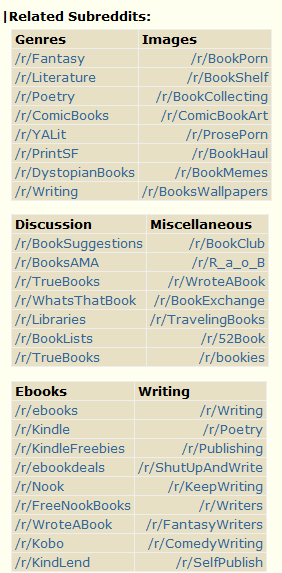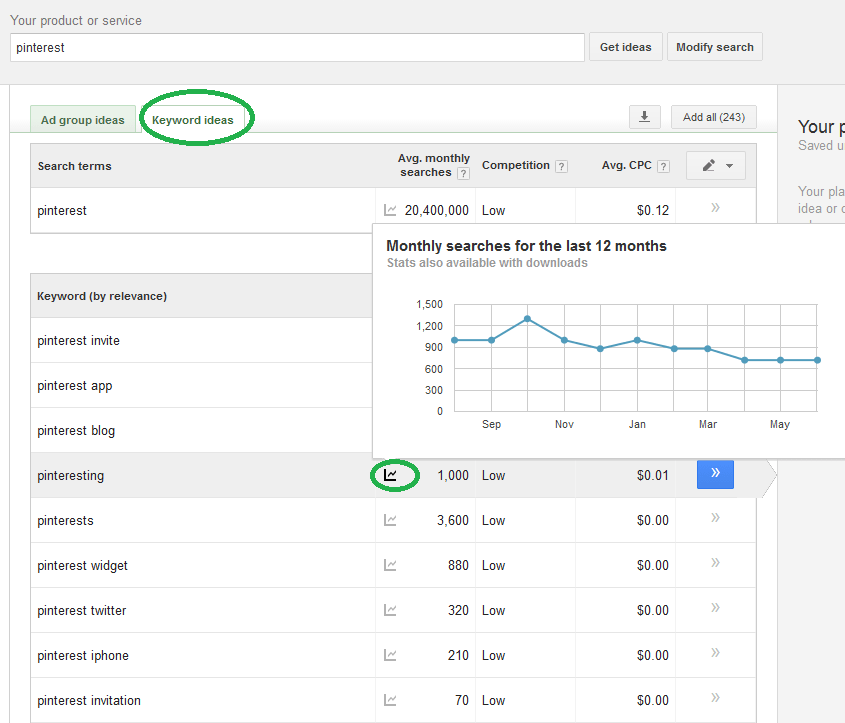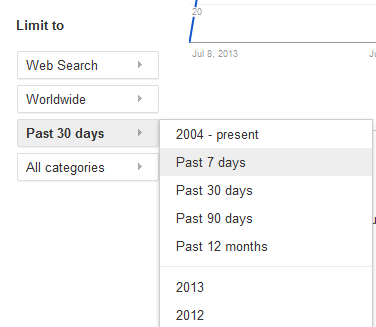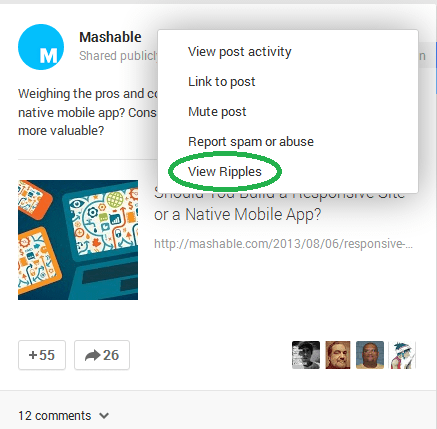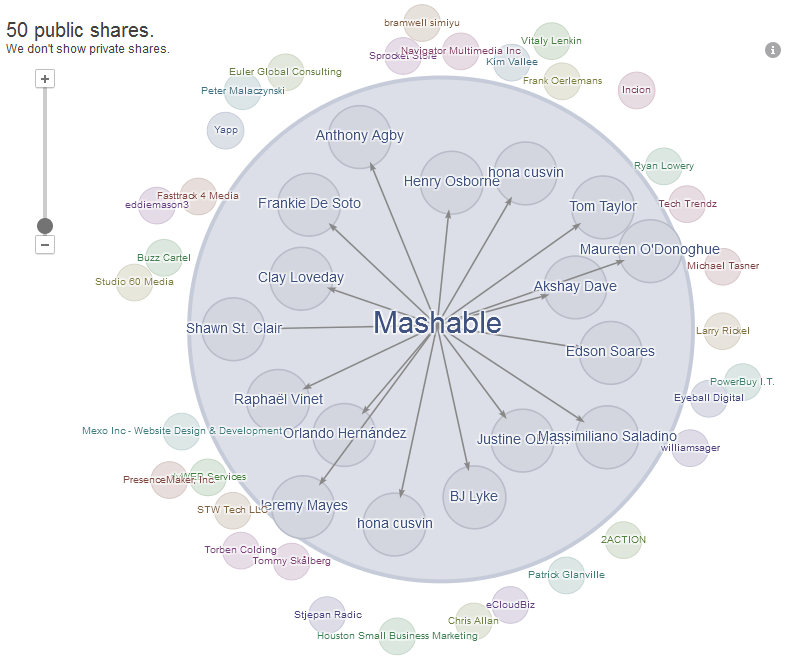If you’ve been in the inbound marketing world for a while, you know that people have a tendency to glorify thought leaders in the industry. These individuals know a lot, and they can teach us a lot. And it’s awesome that people aspire to one day have that same level of knowledge, insight, success, expertise, etc. However, one thing I think we fail to realize is that these experts were once newbies themselves! And the path to becoming a knowledgeable/credible/successful individual is guaranteed to involve a lot of mistakes. It’s great that we can celebrate the thought leaders, but I think learning from mistakes is worth celebrating too because (without sounding too cliché) making mistakes is a sign that you’re out there, testing things out, learning new things, and forging your path!
Now, a lot of people have written posts about common mistakes to avoid, but I think what’s equally as important as pointing out the wrong things is pointing out the right ones. So here are three mistakes (I’ve made every single one of these) and how to stop them dead in their tracks.
Mistake #1: Approaching Blog Writing from the Wrong Angle
When I started writing blog posts, I knew that I had to write a set number of blog posts per week, but I had no specific topics. I could write about anything marketing-related. While to a seasoned writer this may sound like sweet freedom, to a newbie this was very daunting.
I didn’t know what to write about, so I tried to think of topics that I found interesting.
I soon realized I was going about things totally wrong.
Instead of thinking about what I wanted to write, I should have thought about what my target audience wanted to read.
When blogging is part of a content marketing strategy, it’s about establishing credibility, instilling trust, and providing valuable, helpful, useful info for readers.
Writing about my interests may not get me too far with my target audience. And the thing is that trying to get my target audience interested in my favorite topic is not only an uphill battle but also an unnecessary one. Everyone’s target audience already has well-established interests, so what better way to reach them than by giving them exactly what they want?
There is an exception to this. Bloggers who have a well-established, loyal following can write about anything they want and people will read it. And blogging celebs can even get their readers interested in topics that their readers have never heard of or didn’t think they’d be interested in. (One day, guys, one day.)
But how do you figure out what topics matter to your target audiences? How do you figure out their desires and their pain points?
One word: research.
Social Media Research
Quora is fantastic at giving you insight into the questions people ask about any given topic. I think the instinct with Quora is to look at what questions people are asking, who’s asking those questions, and why, but I’ve actually found some of most helpful info to be in the answers: what misconceptions are being perpetuated by people inside and outside of the industry, and how can you challenge those in a blog post that will really get people’s attention by challenging their preexisting beliefs? I’ve also noticed debates start up on Quora as people chime in with their different opinions. Can you offer any unique stance on those debates? And what questions aren’t people really answering? Jump on those through a blog post!
Searching columns in TweetDeck, now X Pro, is great for conducting research because they let you listen in on social conversations in a non-creepy, non-intrusive way. What are people in your industry talking about? What questions do they have, what struggles do they have, what interests do they have, etc.
Topsy and Social Mention are social search and analytics sites. Search any topic and see mentions, the number of mentions, and sentiment. Want to be gutsy and try newsjacking? These sites are your friends.
Pinterest search results are seriously underrated in my experience. Follower counts on boards and number of repins give you insight into what people like and want. Vanity metrics? Sure. But still helpful. Also, see what’s being pinned from your own site by checking your Pinterest source page: http://pinterest.com/source/YourWebsite.com/ What content/images captured people’s interest and inspired them to pin? Can you give them more of that? What commentary did people add to the pins? Any trends you notice among popular content that you can apply to future content-creation efforts?
Subreddits and related subreddits (on reddit.com) are like topic generators. Let’s say I’m writing about books or literature. I go to the books subreddit and then find all of this other goodness, which gets the wheels in my brain turning and gives me possibilities for topics:
And I’d be remiss if I didn’t mention Ian Lurie’s concept of random affinities. A random affinity is basically two topics that are connected only by a common audience. Say people who read modern poetry also love French bulldogs. There’s no obvious connection between modern poetry and French bulldogs other than the audience. Maybe you know one of the topics that your audience is interested in, but how do you find that other, less-apparent, and possibly quirky one that lets you connect with your audience in a memorable, meaningful way? Lurie points you to Facebook ads, Amazon’s “customers who bought this item also bought…” suggestions, and Google suggest.
Keyword Research
The Google AdWords Keyword Tool is a great resource, but unfortunately it’s going extinct (so sad), so in the future you’ll need to sign in to your AdWords account and use the Keyword Planner. If you don’t have an AdWords account, it’s worth creating one so you can use this tool (you won’t have to worry about billing info unless you plan on running a PPC ad). Now, while Keyword Tool showed you stats for other match types besides broad match, Keyword Planner will give you stats for only broad match. It will also show you average number of searches on all devices.
Just type in a keyword you think your target audience may be searching, and then select the “Keyword ideas” tab. If you hover over the little graph icon, you’ll see how monthly searches for a keyword have changed over time.
The ideal keyword: one with low competition and a high amount of global monthly searches. (Also one with an increasing number of monthly searches.)
Google Trends works wonderfully in conjunction with the Keyword Planner. The Explore section of Google Trends is where you’ll get even more info on search interest over time, plus regional interest and related terms.
Writing on something relatively current? See how interest in that term has changed over a more limited time period.
Ubersuggest (suggest on steroids) will give you thousands of query suggestions for one term.
You can also create Google Alerts for queries related to your industry
(I know you’re smart, so this may be unnecessary, but I want to clarify that keyword research isn’t so that you can stuff terms in your writing; it’s so that you can figure out the kinds of topics people search for, the problems they face, and the terms they use.)
Are all of the above tools incredibly basic? Yes. But I think that sometimes in trying to write the next earth-shattering, core-shaking post that will go viral and skyrocket us to fame, we forget about the basics. Don’t be afraid to bring it back.
Mistake #2: Forgetting the Marketing Part of Content Marketing
Does anyone else kind of beam with pride after publishing a really labor-intensive post? The writing’s finally done, but for all of us data-driven marketers, it’s time to do serious work. I think the marketing part of content marketing kind of gets lost and forgotten when everyone’s talking about creating great content. Promoting that great content and tracking all of your marketing efforts need love too!
CTAs
I think it’s safe to say that we all know about the importance of social sharing buttons, but you can get still get creative with such a basic tactic. I really like what Glen from ViperChill does with these calls to action:
Google+ Communities, Ripples, Twitter Love
I’ve heard people say that Google+ lacks activity and that the only reason it’s even gaining traction is because Google is basically forcing people to use it (hello, Authorship and Author Rank). True to some extent on both counts, I’d argue, and while Google+ may appear dead, a lot of activity happens in communities. Some communities like Hacker News are incredibly active and filled with people regularly sharing interesting reads. (Google+ communities can also be great for research by showing you questions that people ask and topics that draw a strong response from users.) Plus, Google+ actually combines the sharing + tracking parts of content marketing with a cool little feature that people don’t talk about enough: Ripples. Google+ Ripples produces an interactive graphic that shows you exactly how a Google+ post spreads (or “ripples”) through the network.
Just click on the arrow in the top right-hand corner of a post and click View Ripples.
Look at that visual representation!
Google+ will even show you how a post spreads over time, so you can identify early adopters and people who took the initiative to share on their own, see who’s saying what about your content, see what content is best received, and find people to circle.
Also, because you’re a savvy marketer, I know you’re creating evergreen content, so don’t hesitate to show some love for old (but still valuable) posts and tweet them.
Some Healthy Competition
Google Analytics and UTM parameters are critical for going beyond vanity metrics (and I have a super in-depth post on using those two things here), but I also think there’s another often-overlooked tactic: measuring yourself against your competitors. Give your success some context! Followerwonk lets you compare yourself to other Twitter users, so you can see how you stack up against people in your industry.
And if you’re using bitly as a URL shortener, don’t forget that bitly also gives you stats on any bitly link that you’ve tweeted.
Mistake #3- Underestimating the Power of Stories
When I first started writing, I was dead set against telling stories. I was a big proponent of using stats and facts because I thought those would make the biggest impact on people and be the most convincing. But I was seriously underestimating the power of stories. We all know that we feel something when we listen to people tell stories: compassion, fear, sadness, excitement. But for those of you like me who need something a little more convincing than your own subjective experiences, there is research that helps explain why stories are so powerful. Different brain regions track different aspects of a story; if we read about someone running away from a burglar, the same region in the brain would be activated as if we too were running away from a burglar. Stories create a bonding empathy that prompts people to identify with a story’s protagonist as if they were that character; readers understand a story by simulating events from the story, hence, the ability of an enthralling narrative to draw us into the story line.
One researcher found that stories actually change our brain chemistry. When people listened to a compelling story, their brains produced two chemicals: cortisol (which is associated with distress) and oxytocin (associated with care and empathy).
Words that have odor associations elicit responses not only from the language-processing areas of our brains but from those that deal with smells. Words that describe motion cause people’s motor cortex, which coordinates the body’s movements, to light up.
And there’s also evidence that using statistics can have a down side, as people can sometimes relate to personal stories more than numbers, and when the numbers are particularly large, people become overwhelmed, cannot relate, and look the other way.
The bottom line: your brain on stories is a remarkable thing.
Just getting started with storytelling? You can start small: open a blog post with an anecdote and use that anecdote as a way to immediately hook your readers.
Any mistakes you’ve learned from? Any places you go to for research or sharing? I think we’re all on the hunt for more, so share ’em!



